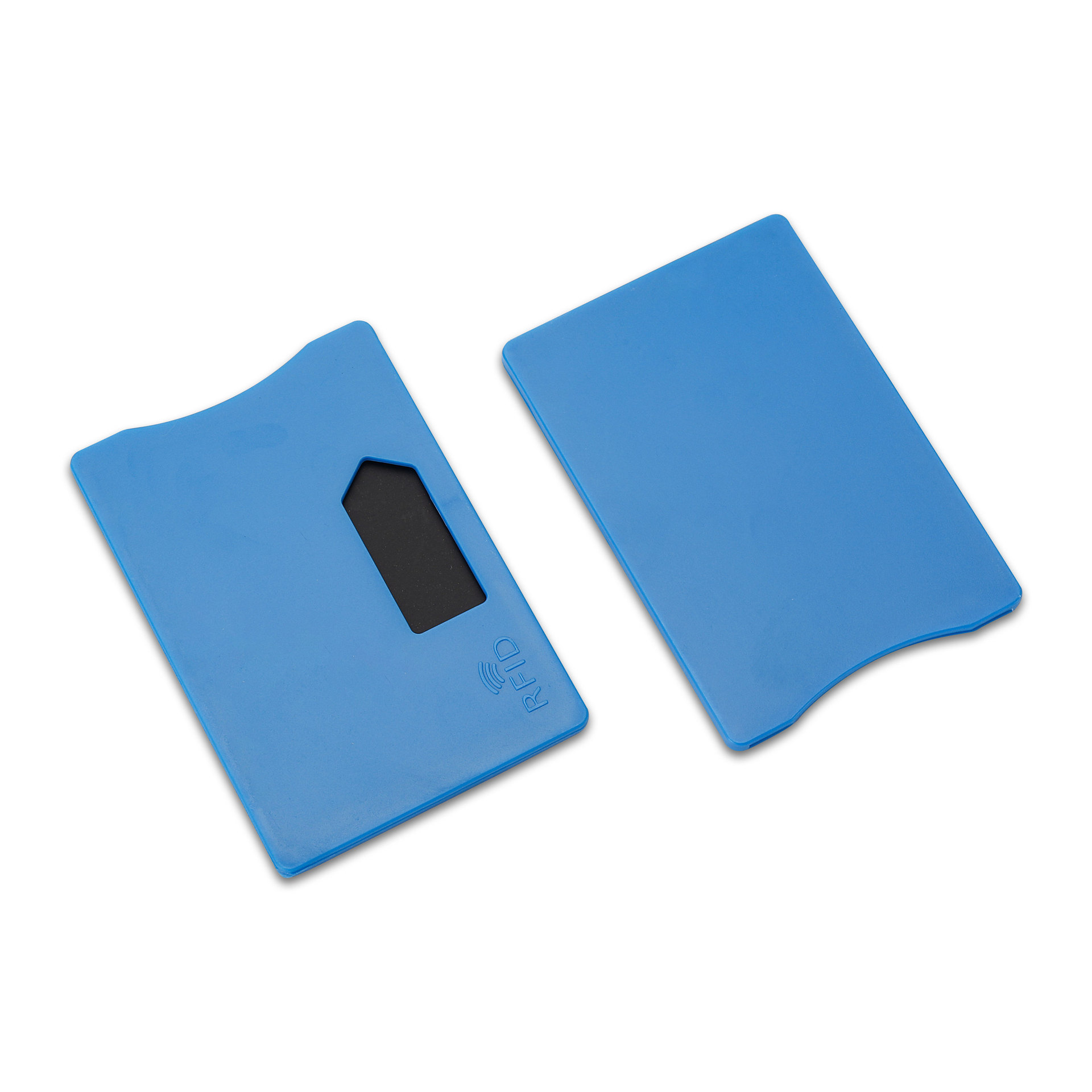
A Comprehensive Guide to Choosing the Right RFID Card
Table of Contents
Summary
From access control systems to payment platforms and logistics management, RFID cards use radio frequency signals to identify targets and retrieve data without the need for physical contact. Selecting the appropriate RFID card is crucial to ensure system efficiency, data security, and user satisfaction. This guide provides an in-depth look at the various types of RFID cards, key factors to consider during selection, and the importance of customization.
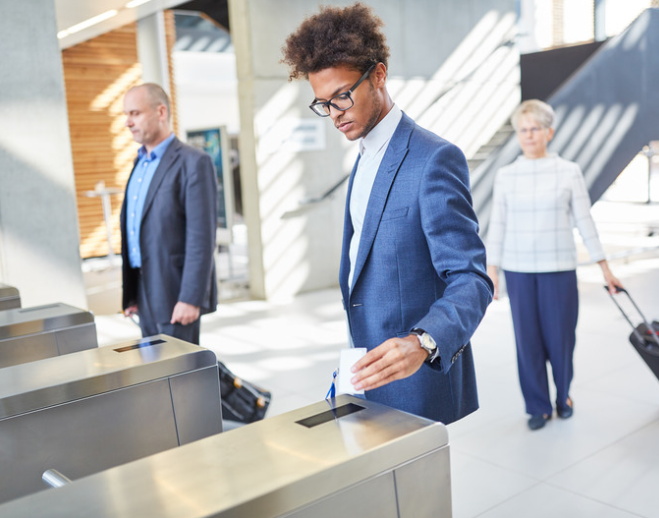
Types of RFID Cards
RFID cards are categorized based on their operating frequency, which directly influences their performance in different applications.
Low-Frequency (LF) RFID Cards
Operating at 125 kHz, LF RFID cards are typically used in applications such as access control and animal identification. These cards offer stable reading performance and are less susceptible to environmental interference. However, their reading range is limited, and data transmission speed is relatively slow, making them suitable for close-range applications.
High-Frequency (HF) RFID Cards
HF RFID cards function at 13.56 MHz and are widely employed in payment systems, public transportation, and library management. With moderate reading distances and faster data transmission speeds compared to LF cards, HF RFID cards strike a balance between performance and convenience, making them ideal for medium-range applications.
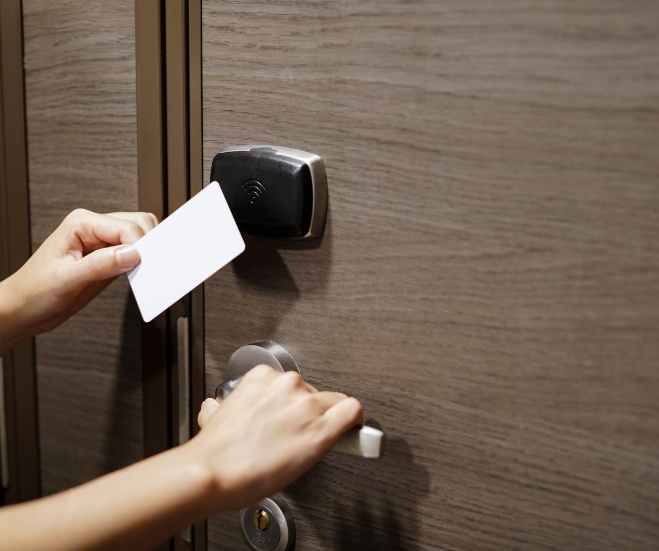
Ultra-High-Frequency (UHF) RFID Cards
Operating in the 860-960 MHz frequency band, UHF RFID cards are designed for long-range identification, making them perfect for logistics tracking, supply chain management, and large-scale asset management. However, UHF cards are more prone to environmental interference, and their performance must be carefully managed depending on the specific conditions of the application environment.
Type of RFID Card | Frequency | Application | Reading Distance | Data Transmission Speed |
Low-Frequency (LF) | 125 kHz | Access Control, Animal Identification | Short (up to 10 cm) | Slow |
High-Frequency (HF) | 13.56 MHz | Payment Systems, Public Transportation | Medium (10 cm to 1 meter) | Moderate |
Ultra-High-Frequency (UHF) | 860-960 MHz | Logistics, Supply Chain Management | Long (up to 10 meters) | Fast |
Key Factors to Consider When Selecting RFID Cards
Selecting the right RFID card involves assessing several key factors to ensure optimal performance and security for your specific application.
Application Scenarios
The first step in choosing the right RFID card is understanding the specific requirements of your application scenario. For instance, LF or HF RFID cards are well-suited for access control systems, where stable and secure reading is prioritized. On the other hand, logistics tracking and asset management, which require greater reading distances, are better served by UHF RFID cards.
Reading Distance
The required reading distance is another critical consideration. If your application demands long-range identification, UHF RFID cards are the best option. For close-range applications, LF or HF RFID cards provide adequate performance without the additional cost associated with UHF technology.
Data Security
Data security is paramount, particularly in applications like payment systems and access control. Advanced encryption and anti-cloning technologies are essential for protecting sensitive data. It is important to select RFID cards that support robust security features tailored to the specific needs of your application.
Card Material and Durability
The material of the RFID card directly impacts its durability and lifespan. Common materials include PVC, PET, and ABS, each offering different levels of durability and environmental resistance. For outdoor applications, more durable materials should be selected to withstand harsh conditions. If the card requires customization, such as printing logos or designs, it is important to choose a material that supports high-quality printing.
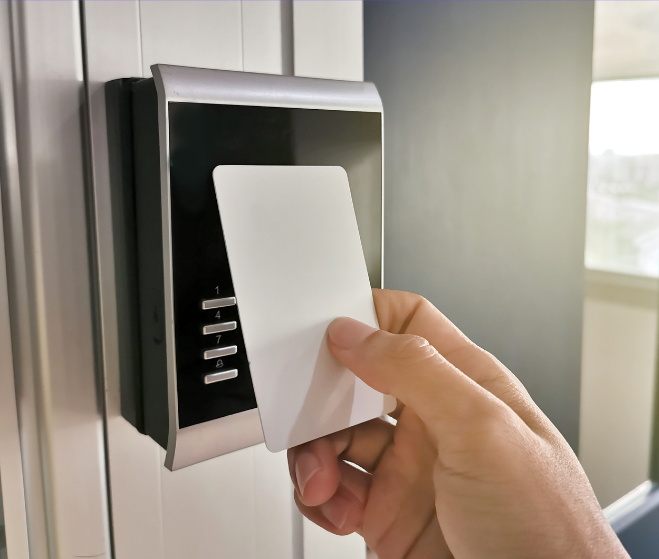
Price and Cost-Effectiveness
Cost is always a consideration. While RFID cards vary significantly in price, it is essential to balance performance, quality, and budget. Evaluate your needs carefully to select the most cost-effective solution without compromising on essential features.
Customization Options for RFID Cards
Customization not only enhances the functionality of RFID cards but also strengthens brand visibility and user experience.
Card Appearance Design
Customizing the appearance of RFID cards with logos, patterns, or other brand elements can significantly enhance your brand’s image and recognition. High-quality printing ensures that each card stands out while meeting the specific requirements of different applications.
Card Function Design
RFID cards can be built with different chips to achieve various data storage and reading functions. By working closely with the design and sales teams, you can select the most suitable RFID chip based on your specific needs. Additionally, customized encoding or data storage methods can further optimize the card’s performance in your application scenario.
How to Choose a Reliable RFID Card Supplier
Selecting the right supplier is as important as choosing the right card. A reputable supplier will provide high-quality products, excellent customer service, and robust technical support.
Reputation and Experience
Look for a supplier with a proven track record and a wealth of experience in RFID technology. Positive customer reviews and successful case studies are strong indicators of a reliable partner.
Customization Services
Top suppliers offer comprehensive customization services, from card design to function integration. Ensure that your supplier can meet your specific needs and provide the necessary support to implement your RFID project successfully.
Technical Support
A strong technical support team is essential to address any issues that may arise during the installation and use of RFID cards. Your supplier should offer ongoing support to ensure that your system runs smoothly and efficiently.
Conclusion
Choosing the right RFID card involves understanding the specific requirements of your application and balancing performance, security, and cost. With the right card, you can enhance system efficiency, secure data transmission, and improve user experience. Customization options further allow you to tailor the card to your brand and application needs. By partnering with a reputable supplier, you can ensure a smooth and successful RFID implementation.
Comments
Hot Products

What Is RFID Waste Management
Imagine a city where every trash bin speaks — not literally — but through a tiny chip that tells the system when it’s full, when it’s emptied, and where it went. That’s what RFID waste management is doing today.

What are Bolt Seals and their Applications? | Complete Guide
In global trade and logistics, bolt seals play a crucial role in ensuring cargo security and compliance. These small but powerful devices are designed to lock shipping containers, trailers, and cargo doors with a tamper-evident mechanism.

What is an RFID Card Protector? Benefits, Use Cases, and Buying Guide
RFID technology (Radio Frequency Identification) is everywhere: in your credit cards, ID badges, transit passes, hotel room keys, and more. It offers speed and convenience, but it also opens the door to a new kind of digital theft called “skimming.” That’s where an RFID card protector comes in.

RFID Wristbands for Events: Bulk Buying Guide for Organizers
RFID wristbands for events are becoming the go-to solution for organizers who need faster entry, fraud prevention, and cashless payments at concerts, festivals, and sports venues. Unlike paper tickets or QR codes, these smart wristbands use embedded chips to streamline access, secure transactions, and improve the guest experience.

How RFID Tag on Windscreen Improves Vehicle Access Control and Toll Systems
In today’s fast-paced world, vehicle identification needs to be quick, secure, and contactless. An RFID Tag on the Windscreen provides exactly that — a reliable way to manage toll collection, parking, and gated access without stopping vehicles.
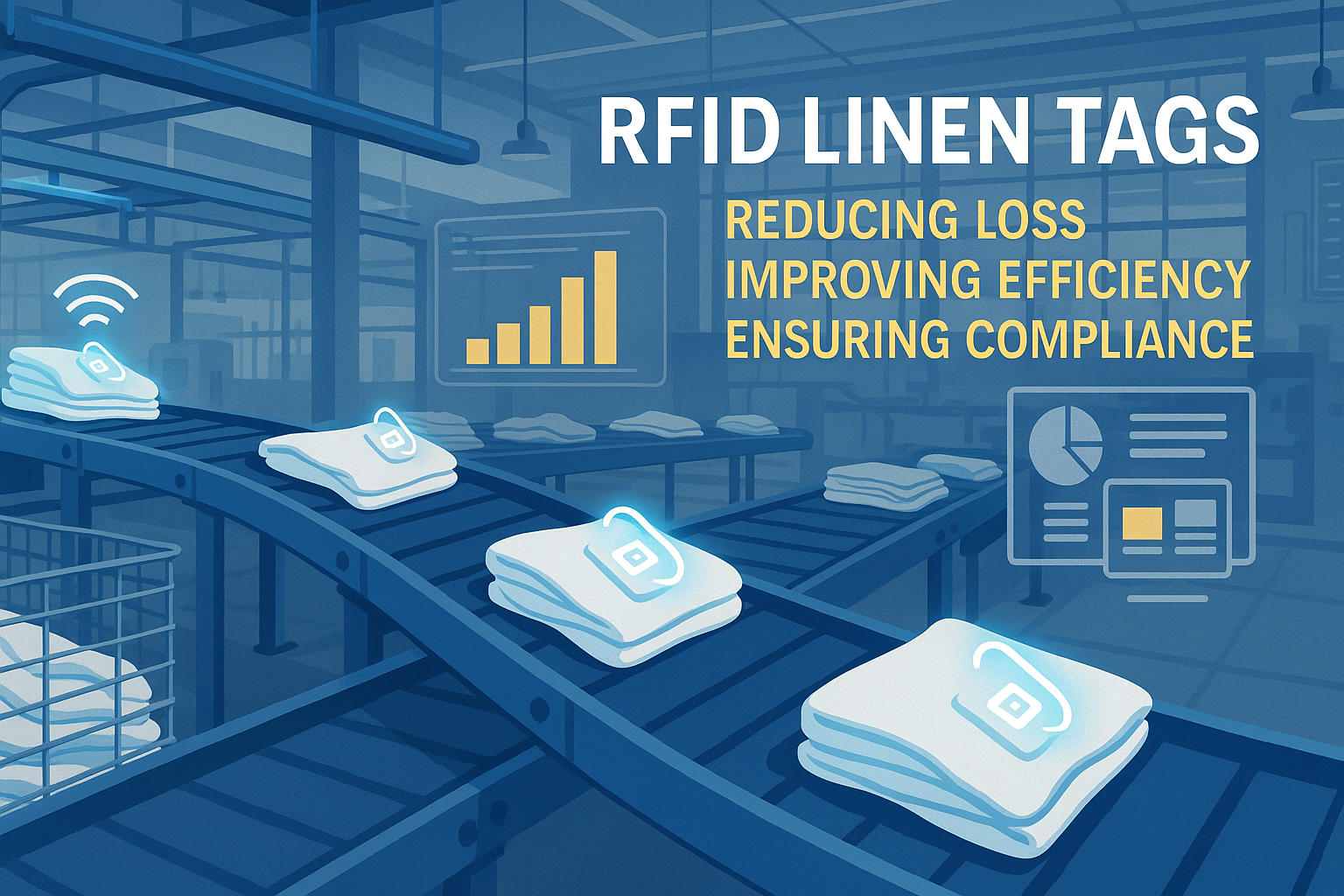
The Benefits of RFID Linen Tags in Commercial Laundry
Managing laundry in hospitals, hotels, or large laundry services is a big job. Each day, thousands of sheets, towels, and uniforms are washed, sorted, and sent back out. But problems like lost linens, sorting mistakes, and manual counting can cost companies a lot of money. For example, mid-sized hotels can lose over $200,000 each year from missing linens.
That’s where RFID Linen Tags come in.
Tags
RELATED BLOGS

What Is RFID Waste Management
Imagine a city where every trash bin speaks — not literally — but through a tiny chip that tells the system when it’s full, when it’s emptied, and where it went. That’s what RFID waste management is doing today.

What are Bolt Seals and their Applications? | Complete Guide
In global trade and logistics, bolt seals play a crucial role in ensuring cargo security and compliance. These small but powerful devices are designed to lock shipping containers, trailers, and cargo doors with a tamper-evident mechanism.

What is an RFID Card Protector? Benefits, Use Cases, and Buying Guide
RFID technology (Radio Frequency Identification) is everywhere: in your credit cards, ID badges, transit passes, hotel room keys, and more. It offers speed and convenience, but it also opens the door to a new kind of digital theft called “skimming.” That’s where an RFID card protector comes in.



